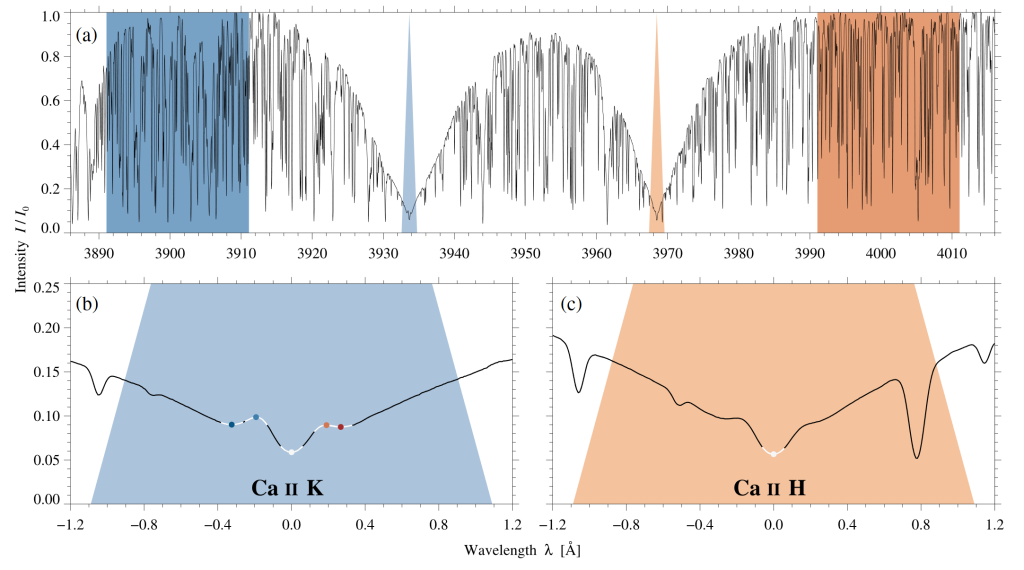The strong chromospheric absorption lines Ca H & K are tightly connected to stellar surface magnetic fields. Only for the Sun, spectral activity indices can be related to evolving magnetic features on the solar disk. The Solar Disk-Integrated (SDI) telescope feeds the Potsdam Echelle Polarimetric and Spectroscopic Instrument (PEPSI) of the Large Binocular Telescope (LBT) at Mt. Graham International Observatory (MGIO), Arizona, U.S.A. We present high-resolution, high-fidelity spectra that were recorded on 184 & 82 days in 2018 & 2019 and derive the Ca H & K emission ratio, i.e., the S-index. In addition, we compile excess brightness and area indices based on full-disk Ca K line-core filtergrams of the Chromospheric Telescope (ChroTel) at Observatorio del Teide, Tenerife, Spain and full-disk ultraviolet (UV) 1600 Å images of the Atmospheric Imaging Assembly (AIA) on board the Solar Dynamics Observatory (SDO). Thus, Sun-as-a-star spectral indices are related to their counterparts derived from resolved images of the solar chromosphere. All indices display signatures of rotational modulation, even during the very low magnetic activity in the minimum of Solar Cycle 24. Bringing together different types of activity indices has the potential to join disparate chromospheric datasets, yielding a comprehensive description of chromospheric activity across many solar cycles.

